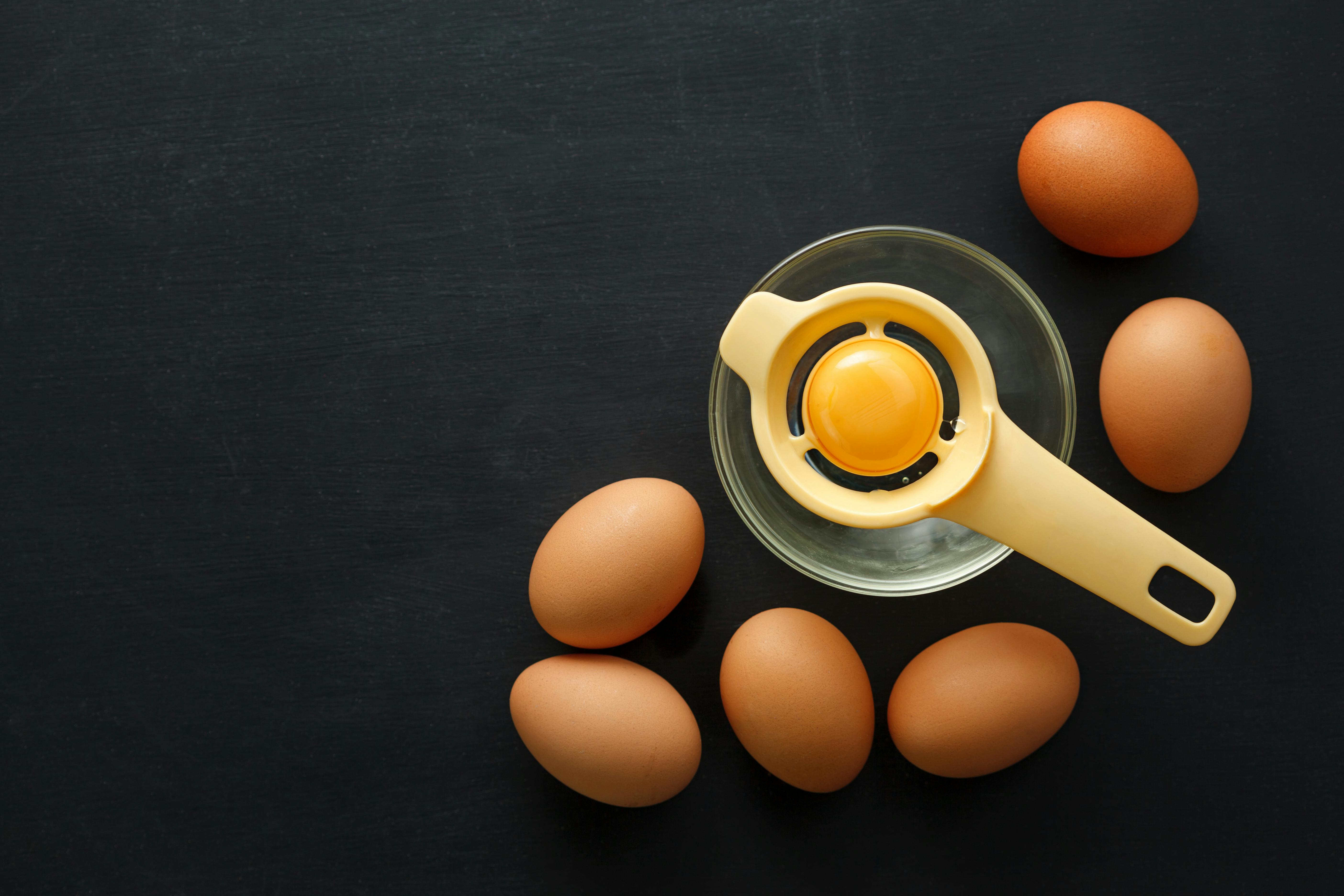FACTORS AFFECTING COOKING
Various factors that influence time and results in conventional cooking are exaggerated with microwave speed.
From conventional cooking you are familiar with the idea that more food takes longer.
Two cups of water take longer to boil than one.
The size of the meal is also important.
Cut potatoes cook faster than whole potatoes.
These differences are more evident in the microwave, since the energy penetrates and is converted into heat directly in the food.
Knowing what affects the speed and uniformity of cooking will help you enjoy all the benefits of the microwave.
Part size: In both conventional and microwave cooking, small pieces cook faster than large ones. Pieces that are similar in size and shape cook more evenly.
Initial temperature: Food taken from the refrigerator takes longer to cook than food at room temperature. Our recipe times are based on the temperatures you normally store your food at.
Food density: In both conventional and microwave cooking, dense foods, such as a potato, take longer to cook or heat up than light, porous foods, such as a piece of cake, bread, or a muffin.
Quantity of food: In both types of cooking, small quantities usually take less time than large quantities. This is most evident in microwave cooking, where time is directly related to the number of servings. Food shape: In both types of cooking, thin areas cook faster than thick areas. This can be controlled in microwaves by placing thick pieces on the outer edge with thin pieces in the center.
Height in oven: In both types of cooking, the areas closest to the heat or power source cook faster. For even microwave cooking, turn or shield vulnerable foods larger than 5 inches.
Boiling: Microwaves exaggerate the boil of milk-based foods. A temperature probe turns the oven off before the food boils. Use a lower power setting and watch carefully when not using a probe. Puncture food to release pressure: steam builds pressure in food that is tightly covered by a skin or membrane. Chop the potatoes (as you usually do), egg yolks, and chicken livers to prevent them from popping.
Round shapes: Since microwaves penetrate food to about 1 in. from the top, bottom and sides, round shapes and rings cook more evenly. The corners get more energy and can overcook. This can also happen in a conventional way.
Burying vulnerable food: Foods that attract microwave energy, such as cheese or meat, should, where possible, be buried in sauce or other ingredients. In conventional stew or pot roasting, meat that is not covered in liquid dries out.
